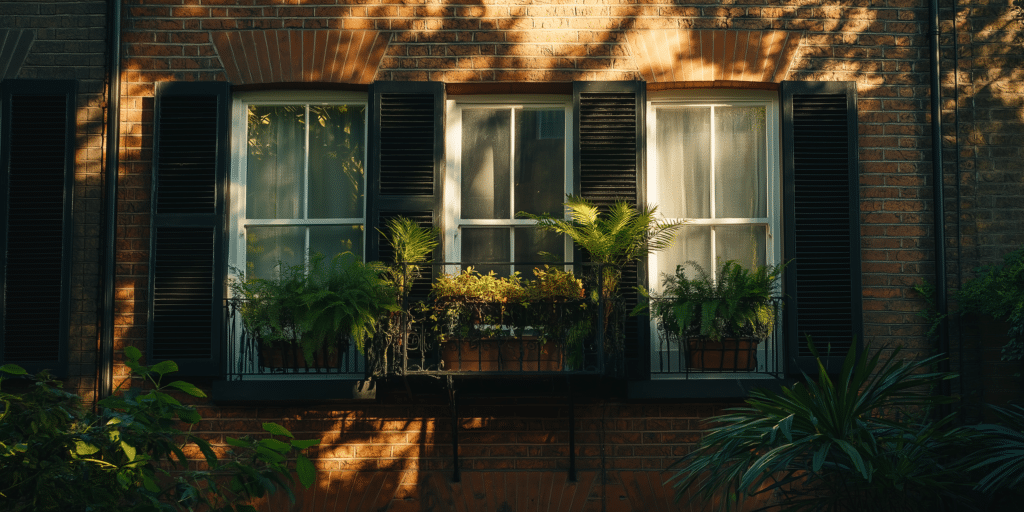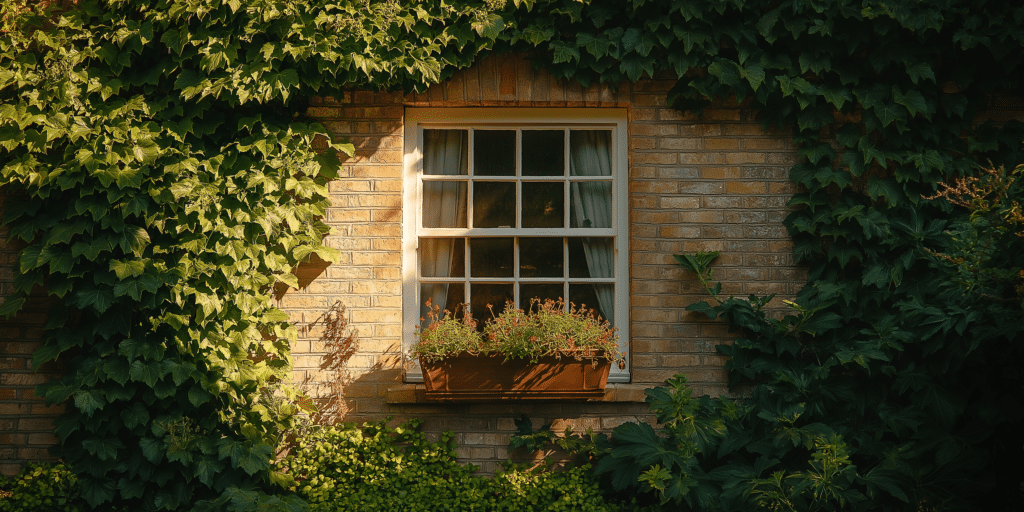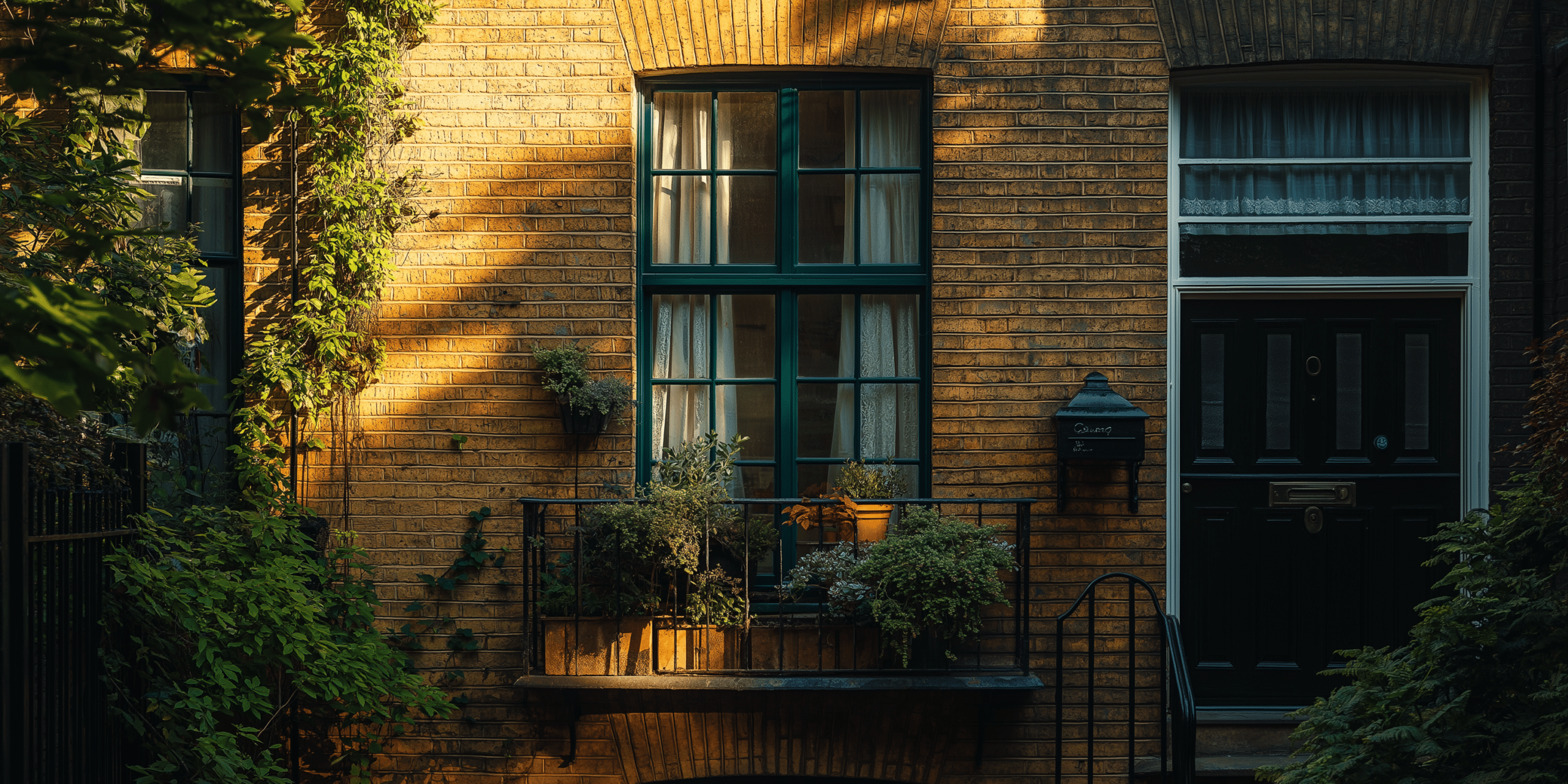What Is Sash Window Tempering?

Sash window tempering is strengthening glass through a controlled heat treatment to improve durability and safety for residential and commercial properties. The process involves heating the glass to over 600°C and then rapidly cooling it, creating a strong compressive force on the surface of the glass. This results in tempered glass being up to four to five times stronger than standard annealed glass, making it an ideal choice for sash windows.
Tempered glass enhances the safety and durability of sash windows, particularly in areas prone to impact, high wind pressure, or extreme temperature fluctuations. It shatters into tiny, less harmful pieces, which are much safer than the large shards of regular glass. This safety feature makes tempered glass suitable for homes, schools, and public buildings, where avoiding injury from broken glass is a primary concern.
Typically, sash window tempering uses float glass as the base material, but Low-E glass is also an option for those seeking better thermal insulation. For example, tempered glass is often chosen for windows in areas with high traffic or children due to its increased impact resistance, reducing the risk of injury in case of accidental breakage.
Why Tempering Is Essential for Sash Windows
Tempering glass for sash windows is not just an optional upgrade—it is an essential component for improving the safety and durability of your windows. Tempered glass provides several advantages over traditional annealed glass, especially when it comes to safety and performance. One of the key reasons for its use is its ability to significantly reduce the risk of injury. For example, tempered glass shatters into small, blunt pieces rather than sharp shards, which can cause serious harm.
Thanks to its compressive strength, tempered glass can withstand more impact and wind pressure than regular glass. This makes it particularly useful for homes located in areas that experience strong winds or temperature variations, as tempered glass is more resistant to breaking under thermal stress. Tempered glass is better suited for safety, whereas Low-E glass excels at improving energy efficiency.
Building codes often require tempered glass in certain applications due to its enhanced safety features, such as in doors, bathrooms, or windows near the floor. Building codes require tempered glass in specific locations to reduce injury risks.
The Process of Tempering Glass for Sash Windows
The tempering process involves heating glass to approximately 620°C and then rapidly cooling it using high-pressure air jets. This creates compressive forces on the glass surface, increasing its strength. Industrial furnaces and quenching systems are essential, and quality control tests, such as optical inspections and stress tests, ensure the glass meets safety and performance standards. Tempered glass undergoes rigorous stress tests to verify its integrity, ensuring it meets durability standards.
Comparing Tempered and Non-Tempered Glass in Sash Windows

Although tempered and non-tempered glass may look similar, they perform quite differently under stress. Tempered glass is significantly more resistant to impact and thermal stress than non-tempered glass, making it a safer option for high-traffic or high-risk areas. Additionally, it breaks into small, blunt pieces, reducing the risk of injury. Experts recommend tempered glass for areas prone to impact, such as staircases or bathrooms.
Safety and Security Considerations in Sash Window Tempering
Tempered glass enhances the safety and security of sash windows. Tempered glass is an effective security feature as it requires much more force to break than regular glass. This makes it a valuable addition to windows in high-risk areas, such as near ground floors or back entrances. In addition to its strength, the way it breaks into small, non-sharp pieces further reduces injury risks.
Energy Efficiency Improvements Through Sash Window Tempering
Tempered glass also contributes to improved energy efficiency by enhancing the insulation properties of sash windows. When combined with technologies like Low-E coatings or argon gas fillings, tempered glass helps reduce thermal transfer, keeping homes cooler in the summer and warmer in the winter.
Tempering for Historical Sash Windows: Challenges and Solutions

Tempering glass for historical sash windows requires a delicate balance between safety and preserving the window’s original aesthetic. Advances in glass manufacturing allow tempered glass to be produced in ways that maintain the traditional look of older sash windows. According to This Old House, modern tempered glass can be used in historical buildings without sacrificing the original window’s appearance.
Final Thoughts: The Future of Sash Window Tempering
As technology continues to improve, the future of sash window tempering looks promising. According to experts, advancements in smart glass technology and self-cleaning coatings will likely play a significant role in developing future sash windows. These innovations will improve both their safety and energy efficiency while making them easier to maintain.




